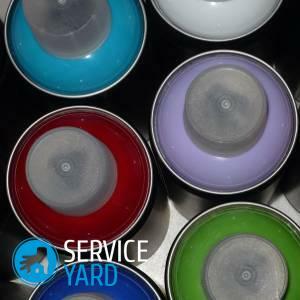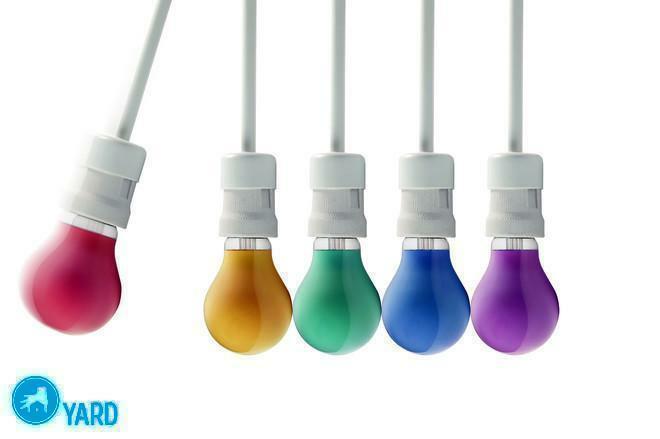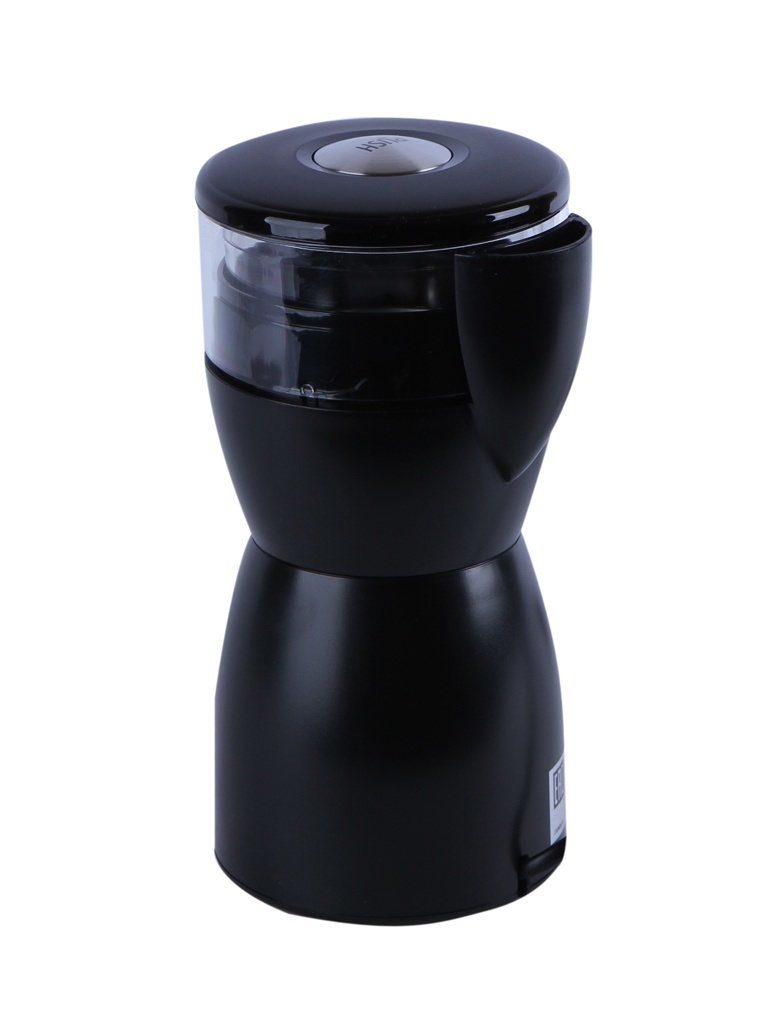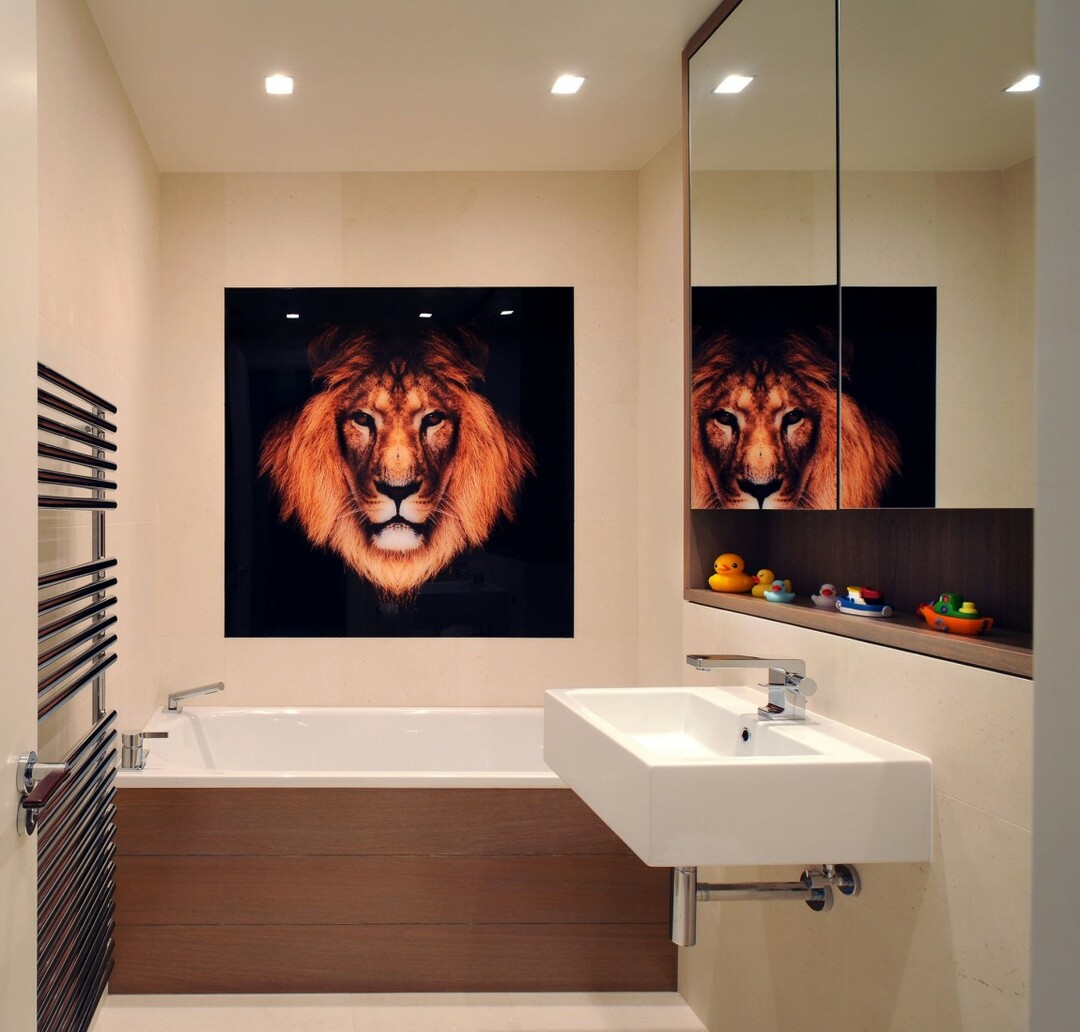
- Painting a light bulb - what do you need to know about the process?
- Method 1 -
- Ball Paste Method 2 - Nail Polish
- Method 3 - PVA Adhesive
- Method 4 - Auto-enamel
- Method 5 - Stained-glass Paints
- Method 6 - Silicon Organizer
- Method 7 - Tsaponlak
Little things in the interior mean a lot and are notthose little things that you should not pay attention to. Original decor strokes, unusual solutions aimed to emphasize the comfort and warmth of the home environment, do not necessarily require big expenses and money. For example, to make accents and make bright colors in the environment, you can simply paint the light bulbs. After reading our article, you will be able to understand how to paint a light bulb, how this is best done. Here you will find the simplest and most affordable ways.
to the contents ↑Painting a light bulb - what do you need to know about the process?
The idea of coloring can come to mind not only for the child, but also for the adult. You ask why they paint? You can buy colorful. But no, it's very rare to find a blue or red light bulb in the store, and they are not cheap.
For what light bulbs of different colors may be needed:
- painted light bulbs in the entrance will not be stolen;
- a multi-colored garland, made by own hands, will please your household members;
- multicolored backlight will look very stylish.
The main and the problem you can face is the temperature. The included light bulb heats, and at high temperature the color can vary very much. Incandescent lamps are of different power, on the basis of this, for incandescent bulbs not more than 25 watts, and the usual energy-saving ones.
Important! Halogen lamps can not be painted. Reducing the light transmission will cause uneven heating, respectively, the lamp will fail.
In detail we will consider 7 ways of preparation of a paint in house conditions.
to Contents ↑Method 1 -
Ball Paste For this method, the following components should be prepared:
- ball paste;
- acetone, paint thinner( can be bought in any paint and varnish store), ethyl alcohol( sold at the pharmacy);
- brush for applying paint;
- container for the preparation of paint.
Preparation:
- Remove the core from the paste. Blow the paste into a container. Take at least 5 rods.
- Add 50 ml of acetone or some other solvent that is available.
- Stir until smooth.
- Brush the paint on the bulb.
Important! Applying a few layers of paint, you get the color.

How to make the right color?
- From the blue paste you can get a blue color - the number of rods will affect the color saturation.
- Of red - red.
- Of green - green
- Of yellow - yellow.
You can also show a fantasy, and mixing red and blue, get a purple color, add green in green and the result will be a brown color and so on. It all depends on your imagination.
Important! Prepare a stand for drying in advance. It can be made from improvised materials:
- cardboard;
- polystyrene foam;
- plastic bottle.
At a certain distance, so that the bulbs do not touch each other to make holes with a diameter equal to the diameter of the lamp cap. In these holes you need to insert a light bulb for the final drying of the paint. So you can easily and accurately paint the light bulb.
to the contents ↑Method 2 - Nail polish
For this method we will use quick-drying nail polish. They can paint a light bulb of low power or energy-saving( fluorescent or LED).
Step-by-step instruction.
- We take a light bulb and with a brush that is in the varnish, we apply a varnish.
- We put on the stand for 10-15 minutes, with the cap down.
- Re-apply the lacquer.
Important! For application, you can use a tampon or cotton pad. There will be no divorce and the lacquer falls more evenly.
If you have only a clear lacquer available, do not worry - you can dye it with the help of a ball paste, the method described above.
to the contents ↑Method 3 - PVA adhesive
The following items must be prepared for preparation:
- PVA adhesive;
- ink for inkjet printer, or other water-soluble paints;
- shallow capacity;
- brush.
Important! Use only on moderately warming elements.
Prepare the paint:
- Pour glue into the container.
- Add a coloring pigment in the ratio 1: 1( 50 ml of glue you need 50 ml of paint).
- Stir well with a brush.
- Apply to a light bulb and dry.
Important! Prepare all the necessary shades separately so that you can paint the light bulbs in blue, red, green or any other color.
to the contents ↑Method 4 - Auto-enamel
Automotive enamels are sold in aerosol cans. Here everything is simple enough, a lot of time and effort to paint a light bulb, do not have to. Need:
- Buy bottles with the right colors.
- Spray paint on light bulbs 30-40 cm away.
- Dry.
Advantages of this method:
- suitable for bulbs with bulb temperature up to 200 ° C;
- is easy to use;
- dries quickly.
Important! Do not apply too thick a layer of paint, it can make the bulb opaque, and the bulb simply will not shine.
to the contents ↑Method 5 - Stained-glass paints
These are special paints for creating a pattern on the glass. They come in different forms. In our case, water-soluble firing is required. When heated, they do not burn, but on the contrary become more transparent. Accordingly - the lamp, painted with this method, will last longer, and the tinting will be brighter.
Important! The only drawback of such a tool is the price.
Application technology is also not difficult:
- Paint to mix in the vial.
- Apply with a brush or a swab of sintepon.
- Dry.
Method 6 - Silicon Organic
The surface that is painted with silicone enamel withstands a high temperature. Painted with this technique, the light bulbs can be used to create color music. You can buy at any construction store.
Important! When buying, pay attention to the toxicity of the varnish.
Instructions for use:
- Stir the enamel with a solvent( the label of the solvent is written on the package).
- Apply with a brush on the light bulb.
- Place on the support for drying.
Important! During work, wear a mask and gloves, as the paint is toxic during drying and staining.
to content ↑Method 7 - Tsaponlak
Zanoplak is a lacquer which, in its composition, it refers to nitrocellulose, is a liquid mixture of nitrocellulose mixed with dyes and plasticizers.
Advantages of this dye:
- lacquer components are not dangerous to humans;
- coating withstands high heating temperature;
- is easy to use.
Important! The disadvantage is a small choice of color. But it's easy to fix with ballpoint paste. For example, if you need a red color.
Cooking technology:
- Remove the core from the red paste.
- Blow the contents into a bottle of varnish.
- Stir thoroughly.
- Apply with a brush.
From our article you learned how to paint light bulbs with various means.
Apply any method you like, and you will please your relatives with an original festive garland, light-music, or can create a more relaxed and cozy atmosphere in the right room.



